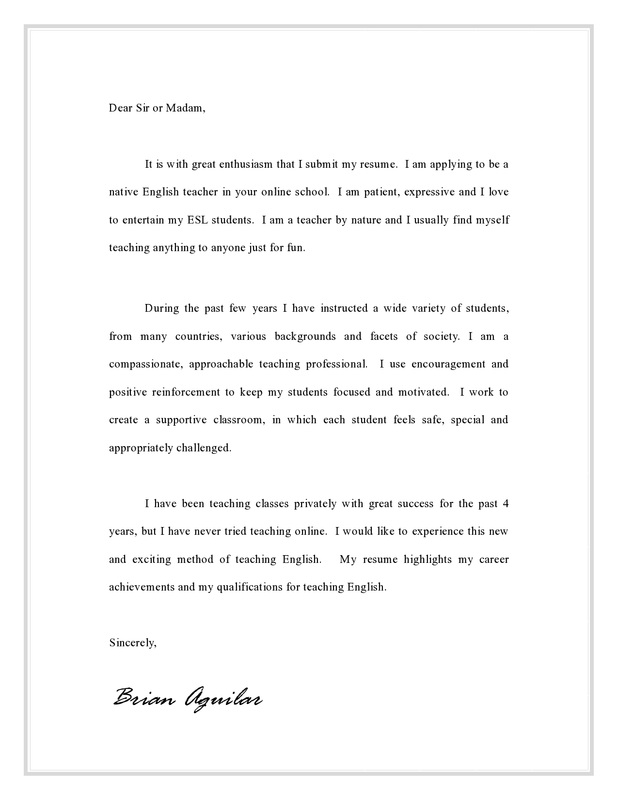Japan Earthquake Case Study - YouTube.
Case Study: How does Japan live with earthquakes? Japan lies within one of the most tectonically active zones in the world. It experiences over 400 earthquakes every day. The majority of these are not felt by humans and are only detected by instruments. Japan has been hit by a number of high-intensity earthquakes in the past. Since 2000 there.
The 2011 Japan earthquake had a devastating impact. This case study explores the cause and effects of the earthquake including a tsunami.

Earthquakes are caused by the release of built-up pressure at plate boundaries. They can destroy buildings and infrastructure. Tsunamis can also occur, with equally devastating and deadly effects.

Japan has experienced many tsunamis before, and tsunami walls were in place in many of the towns affected, but the size of the wave caught many by surprise. It is estimated that up to 20,000 people died as a direct result of the earthquake, mostly due to the tsunami.

Typhoon Hagibis Online Resources - Links to resources covering the cause, effects and responses to Typhoon Hagibis, Japan.

A CASE STUDY COLLECTION GCSE GEOGRAPHY AQA. 1 Contents Paper 1: Living in the Physical Environment The Challenges of Natural Hazards 1. Haiti Earthquake (2011) Page 2 2. E15 Icelandic Eruption (2010) Page 3 3. Typhoon Haiyan (2013).

This assignment purpose is to do analysis case studies and the Fukushima nuclear disaster. The purpose of this work is for students to use the appropriate method to verify each problem. To study a range of industries (EAT221), there are several levels of courses. In order to complete this news report, the instructor provides the learning needs.

The specification in this catalogue, including limitation price, format, extent, number of illustrations and month of publication, was as accurate as possible at the time the catalogue was compiled.

Case Study Japan (Industry) 01 Japan has a very strong economy and is usually ranked amongst the top five in the world. Most people associate electronic goods with industry in Japan, but they have many heavy industries too, including shipbuilding and car manufacture.

Third, planning for the future: rebuilding Tohoku; deciding on Japan’s future energy policy; and relocating more than 100,000 people. While this brief study discusses Japan only, it shows that in managing disasters, governments must assume control and coordination based on community needs and support. Because of the nature and complexity of.

Krishikosh thesis download pdf. Effects of japan tsunami 2011 gcse case study Job referral email cover letter. Strict school rules essay. Lab safety homework worksheet. Sample counseling curriculum vitae.

Introduction. The magnitude 9.0 Japan’s Tohoku Earthquake occurred at 14:46 local time on Friday, 11 March 2011, 125 km east coast of Honshu and 380 km far from Tokyo and rattled the large parts of Japan and some part of east China and Russia with 30 km depth of the hypocenter ().This earthquake that lasted approximately 3 minutes (170 seconds) caused a 130 km long by 159 km wide rupture.

Das and Hanaoka used ABM for resource allocation in various zones after a large-scale disaster, where the Great East Japan Earthquake and Tsunami was used as a case study. Thus, the damage scenario was a fixed input. Nejat and Damnjanovic.



